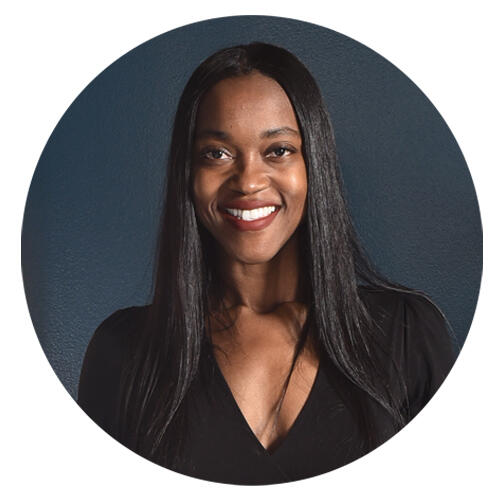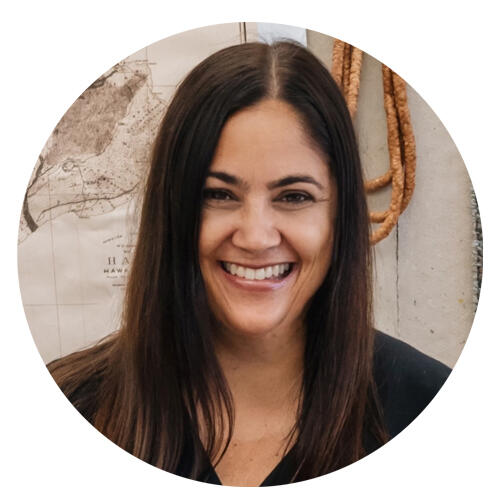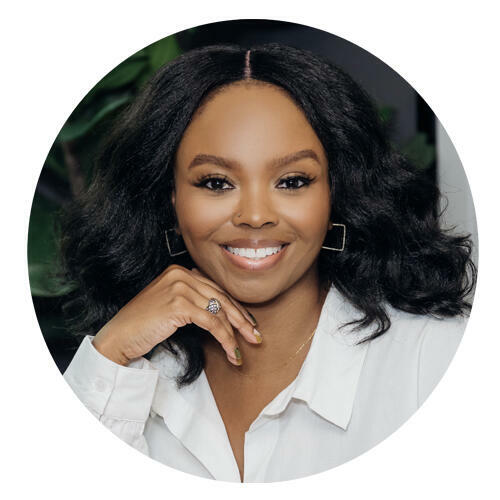The prospect of signing a new client is exciting, but certain behaviors can indicate that a project might not be worth the headache. We asked six designers—Leah Alexander, Jessica Duce, Lauren Graback, Garrow Kedigian, Avery Solmssen and Timala Stewart—to share the red flags they look out for when meeting with potential clients.

Know Your Worth
“If a client is hesitant to pay our consultation fee, or if they ask what it ‘comes with,’ that’s a red flag. It lets us know they may not value our time—the time it takes to come to them; spend a couple of hours on-site learning about their wants, needs and aspirations; put together a design agreement and retainer invoice; and answer any questions throughout the process of hiring our firm. It’s also cause for pause when both people in a couple aren’t in complete agreement that they need to hire an interior designer. That can lead to begrudging invoice payments, awkward meetings and less flexibility when inevitable inconveniences happen. Disagreement among clients about scope and budget are also red flags that typically lead to one of the clients attempting to tame or dilute our designs to better accommodate their ideal budget. At our firm, we’re doing everything we can to work exclusively with clients who are in a place of yes. Anything short of that hinders the fullest expression of our work, which isn’t what I want for our team or our clients.” —Leah Alexander, Beauty Is Abundant, Atlanta

Communication Breakdown
“If a potential client wants me to hide all communication from their partner, that is a no-go—one that I had to learn the hard way. I have hidden my share of purchases from my husband, but when a project with a contract and deadline needs to be hidden, I am not comfortable with that. If a potential client only wants to talk about how fast I am going to work for them, or how fast I am going to finish their project, I am not the right fit. Although I am used to tight timelines with vacation rentals, I have found that hyperfocused timelines before the project is even discussed [end up] leading to more hours, less profit and a lackluster finished project.” —Jessica Duce, JDuce Design, Spring, Texas

Narrowed Vision
“When meeting new clients for the first time, I always ask them how long they’ve lived in a certain place. I prefer they say that they have recently moved in. Otherwise, when someone has lived in a place for an extended period, their vision of the space tends to become fixed, and they are less flexible to embrace a designer’s vision. Another red flag is when a client repeatedly mentions a soured relationship with a previous designer or puts down a previous designer multiple times—that’s a huge one! Also, when the client says they have their own resale certificate and want to use it to make purchases. Typically, that means they want to also bypass paying my design commissions, and it’s never a good way to start a project.” —Garrow Kedigian, New York

Listen Well
“Red flags can be loud and vibrant, like a refusal to share budget and timeline. Potential clients historically have the propensity not to entirely divulge budget and timeline limitations upfront. This information—or lack thereof—can dramatically impact our ability to deliver a quality product. This becomes more problematic when considering the extra time and resources needed to complete a project on an island in the middle of the Pacific. This initial communication is a healthy indicator of potential shortcomings. I think that it is important to listen intently and rely on your instincts when considering a project.” —Avery Solmssen, Averylily, Honolulu

History Lesson
“If a potential client mentions they’ve terminated relationships with multiple designers in the past, I pause to consider if this will be a beneficial long-term working relationship for me and my firm.” —Lauren Graback, Studio Piacere, New York

All Hands
“I pay close attention to whether all decision-makers choose to participate in the onboarding process. This is something I emphasize during the initial client inquiry to ensure everyone’s desires are being met. I hesitate when a spouse or family member opts out of the initial consultation, because they may later have design requests that disrupt the approved scope of work. It can become costly for them and exhausting for us.” —Timala Stewart, Decurated Interiors, Tampa, Florida





























